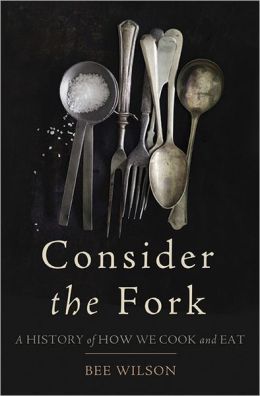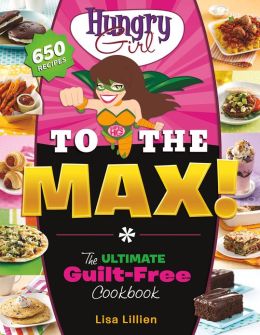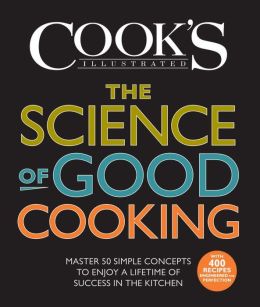WHAT IF YOU COULD BECOME WORLD-CLASS IN ANYTHING IN 6 MONTHS OR LESS?
The 4-Hour Chef isn’t just a cookbook. It’s a choose-your-own-adventure guide to the world of rapid learning.
#1 New York Times
bestselling author (and lifelong non-cook) Tim Ferriss takes you from
Manhattan to Okinawa, and from Silicon Valley to Calcutta, unearthing
the secrets of the world’s fastest learners and greatest chefs. Ferriss
uses cooking to explain “meta-learning,” a step-by-step process that can
be used to master anything, whether searing steak or shooting
3-pointers in basketball. That is the real “recipe” of The 4-Hour Chef.
You'll train inside the kitchen
for everything outside the kitchen. Featuring tips and tricks from chess
prodigies, world-renowned chefs, pro athletes, master sommeliers, super
models, and everyone in between, this “cookbook for people who don’t
buy cookbooks” is a guide to mastering cooking and life.
The 4-Hour Chef is a five-stop journey through the art and science of learning:
1. META-LEARNING. Before you learn to cook, you must learn to learn. META charts the path to doubling your learning potential.
2. THE DOMESTIC. DOM is where you learn the building blocks of cooking. These are the ABCs (techniques) that can take you from Dr, Seuss to Shakespeare.
3. THE WILD. Becoming a master student requires self-sufficiency in all things. WILD teaches you to hunt, forage, and survive.
4. THE SCIENTIST. SCI is the mad scientist and modernist painter wrapped into one. This is where you rediscover whimsy and wonder.
5. THE PROFESSIONAL. Swaraj, a term usually associated with Mahatma Gandhi, can be translated as “self-rule.” In PRO, we’ll look at how the best in the world become the best in the world, and how you can chart your own path far beyond this book. -- Publisher Marketing
2. THE DOMESTIC. DOM is where you learn the building blocks of cooking. These are the ABCs (techniques) that can take you from Dr, Seuss to Shakespeare.
3. THE WILD. Becoming a master student requires self-sufficiency in all things. WILD teaches you to hunt, forage, and survive.
4. THE SCIENTIST. SCI is the mad scientist and modernist painter wrapped into one. This is where you rediscover whimsy and wonder.
5. THE PROFESSIONAL. Swaraj, a term usually associated with Mahatma Gandhi, can be translated as “self-rule.” In PRO, we’ll look at how the best in the world become the best in the world, and how you can chart your own path far beyond this book. -- Publisher Marketing




